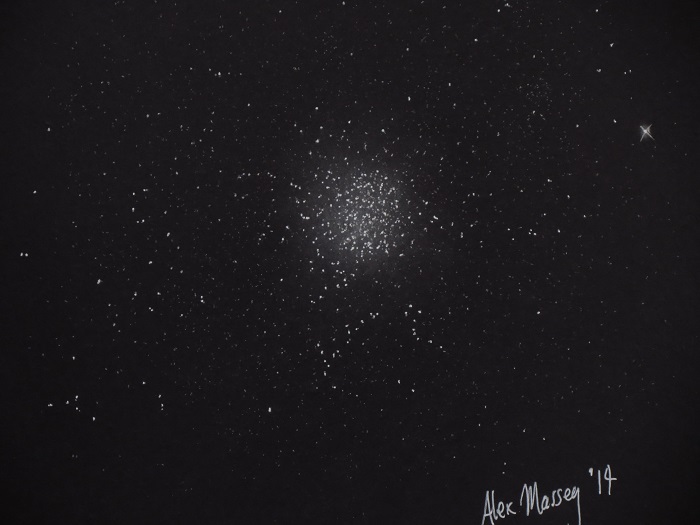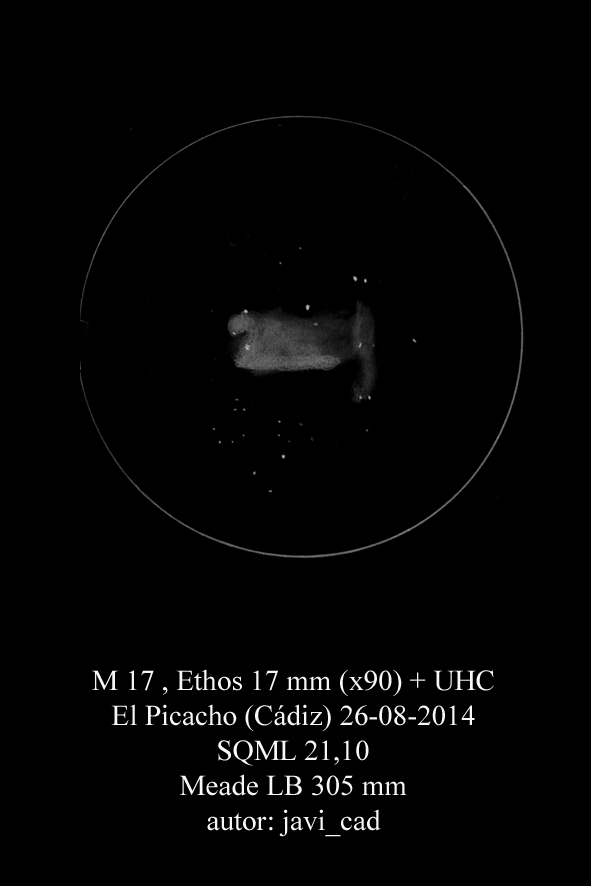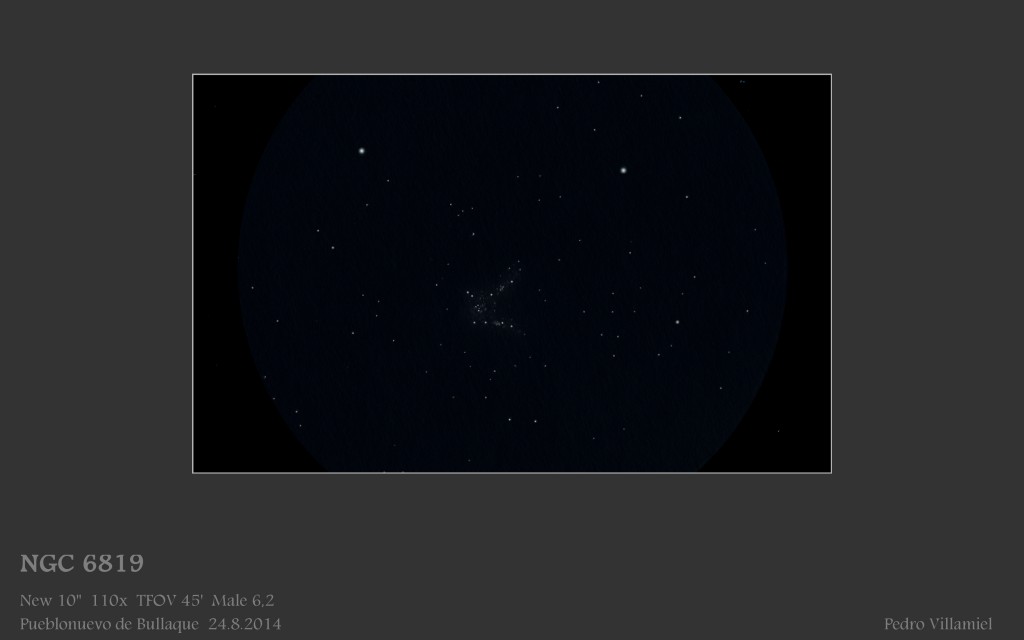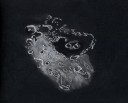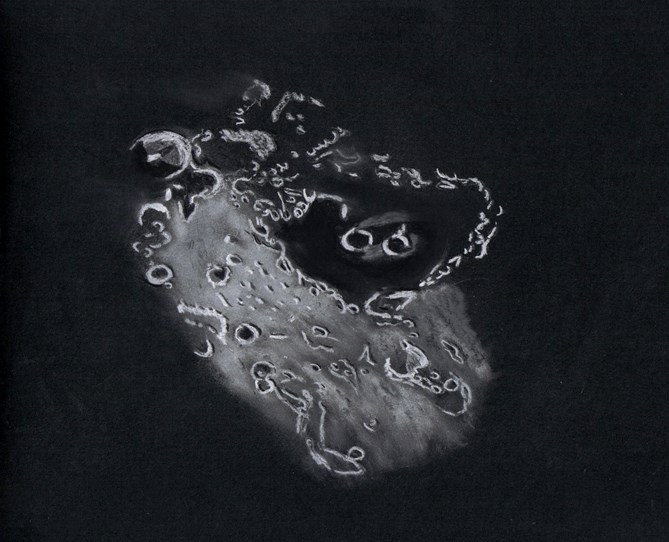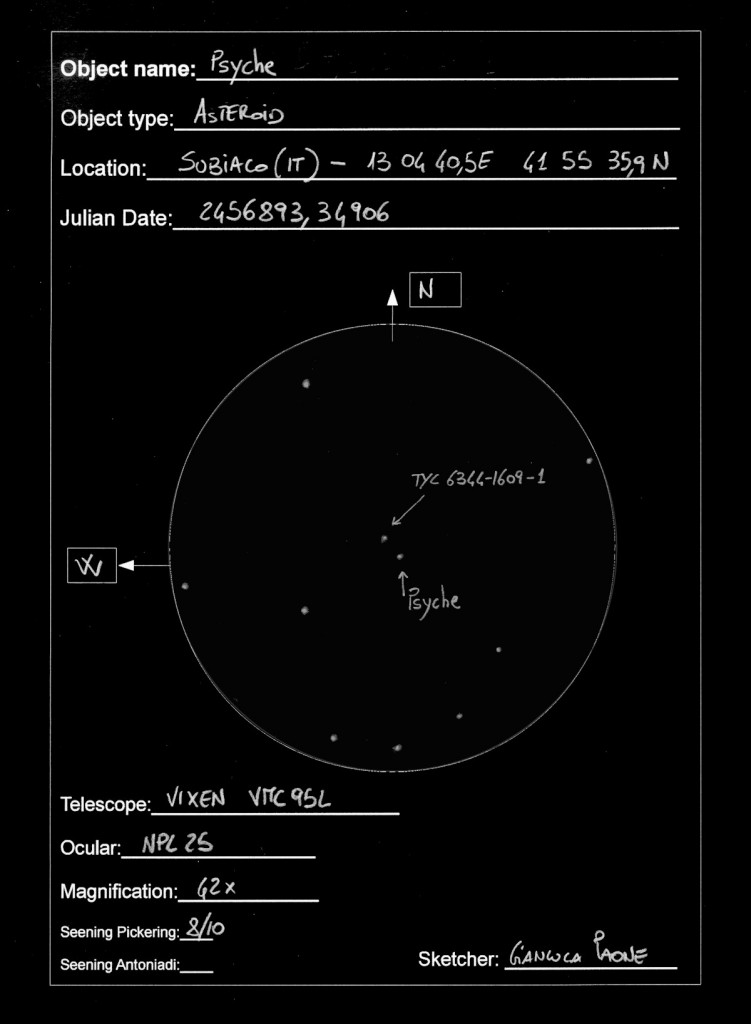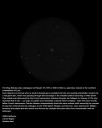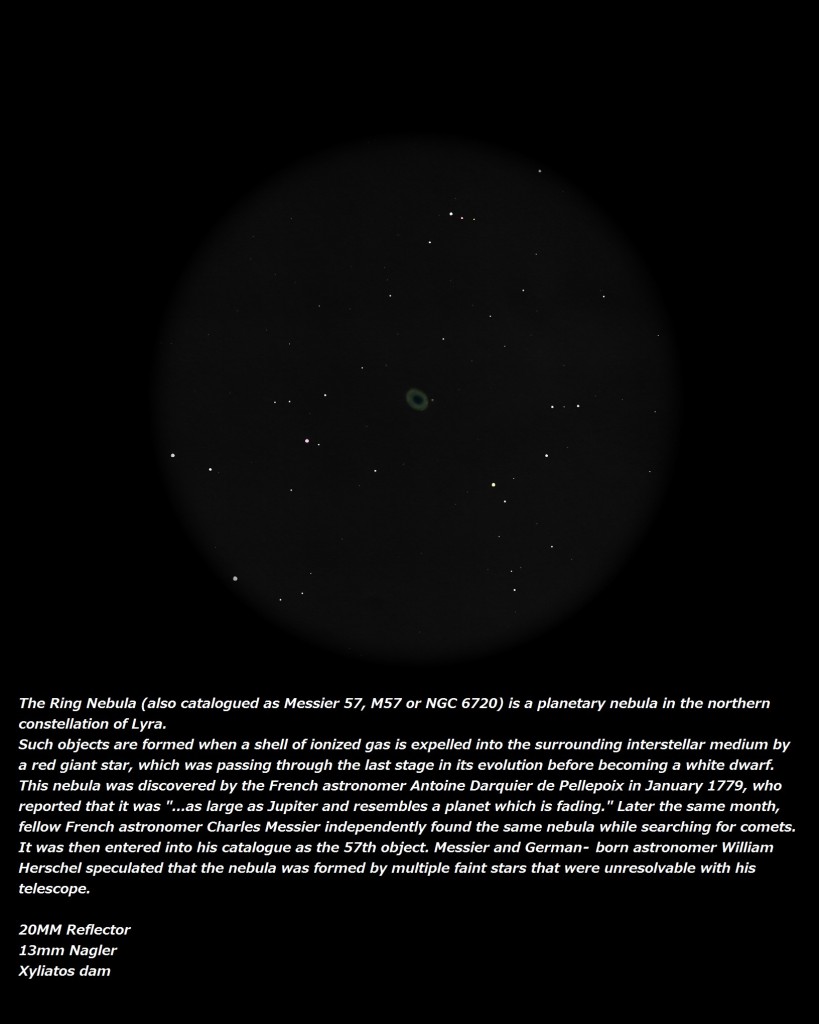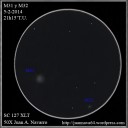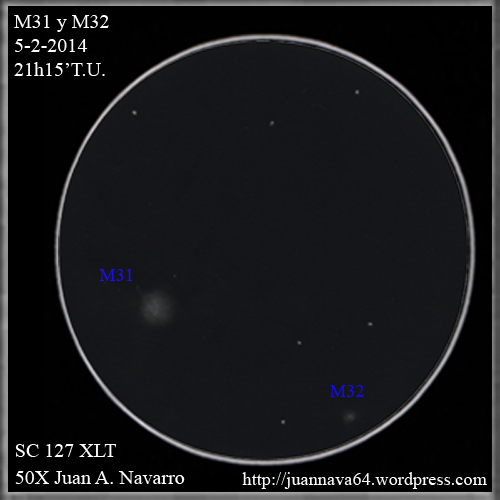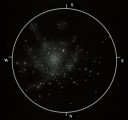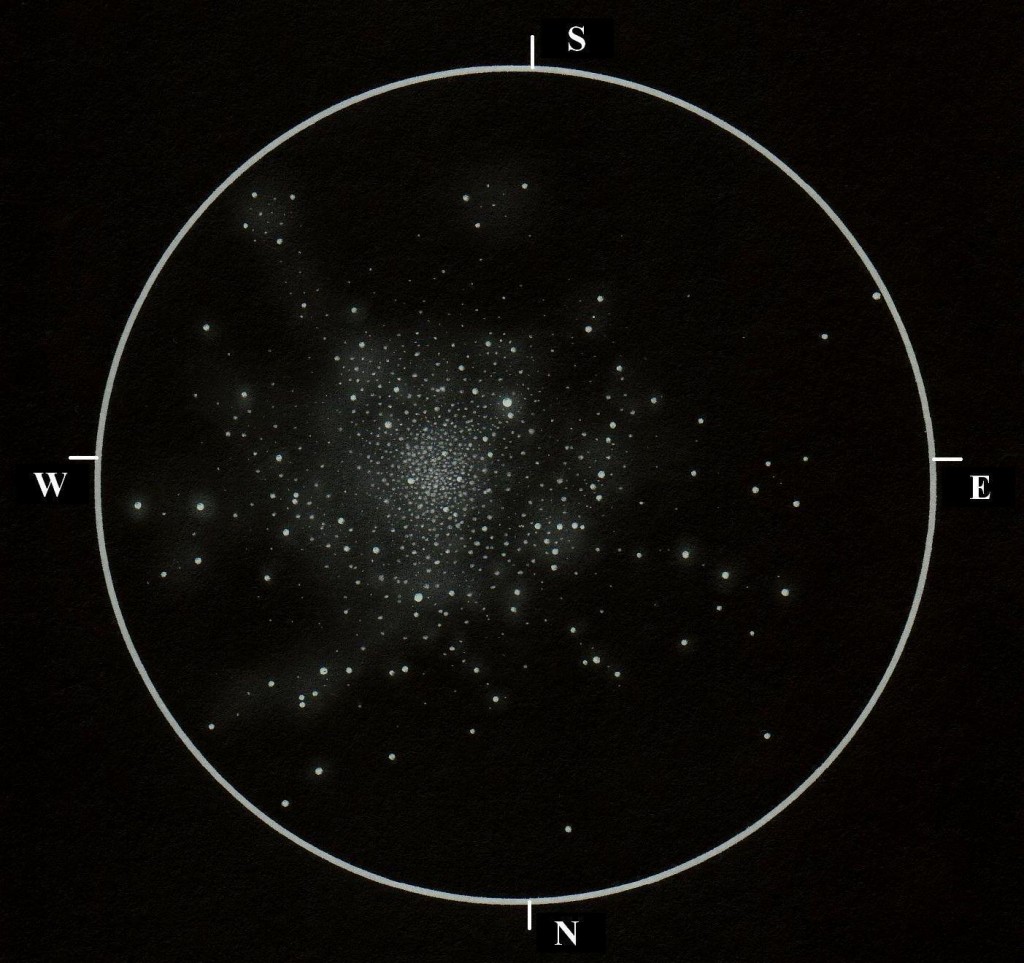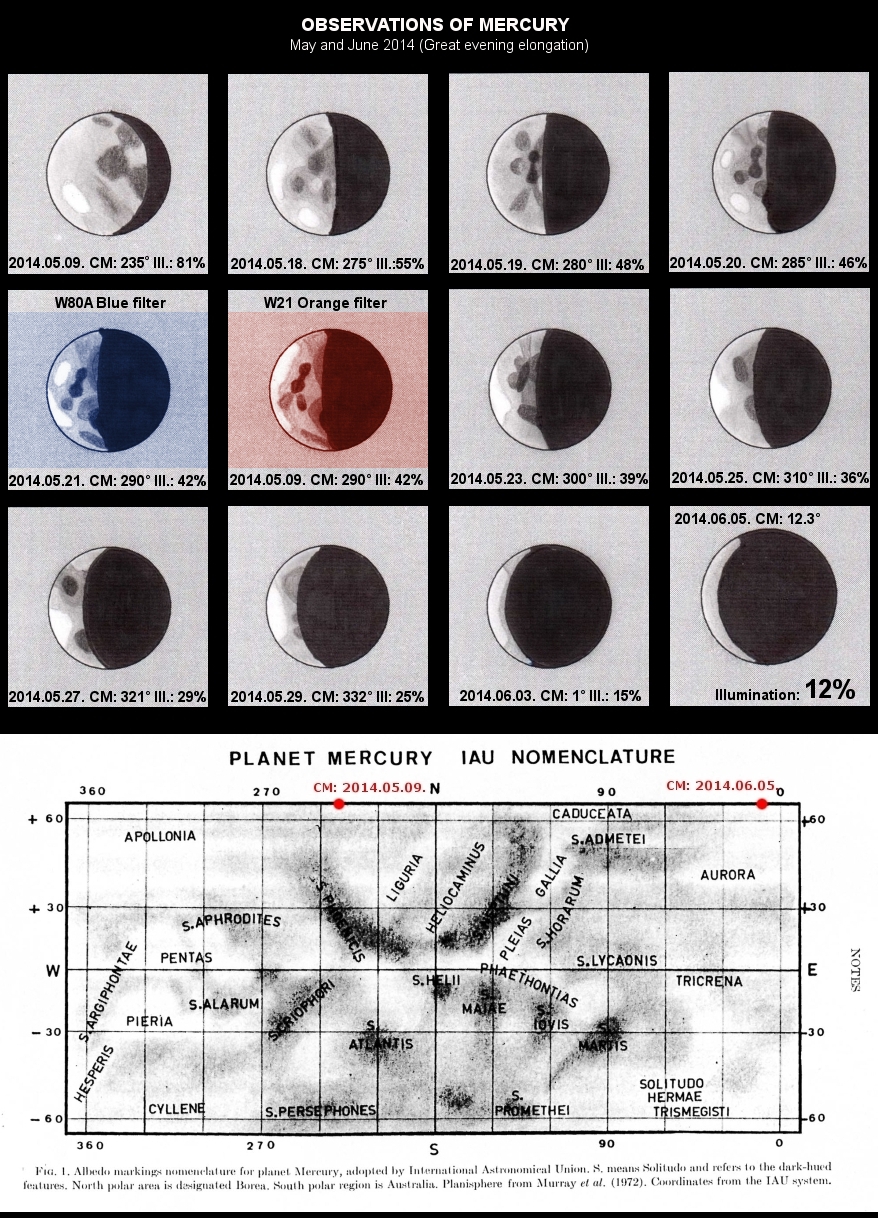
In the spring of 2014 we observed a super elongation of Mercury; high brightness and large apparent diameter.
I followed up the Mercury from 9. May to the fifth day of June. I got a great experience and a wealth of experience.
I managed to identify a lot of formation on the surface of Mercury, despite I used a small telescope. I hope you enjoy this little compilation! 🙂
Information:
Observer: Viktor Cseh
Location: Nagyvarsány/Hungary (Central Europe)
Equipment used: 100/1000 achromatic refractor
Ocular: 4mm Kasai Magellan ortho
Magnification: 250X
Filters: W80A blue, W21 orange and W12 yellow
Drawing instruments: graphite pencils, white observing form.
Clear Skies!
Viktor 🙂


